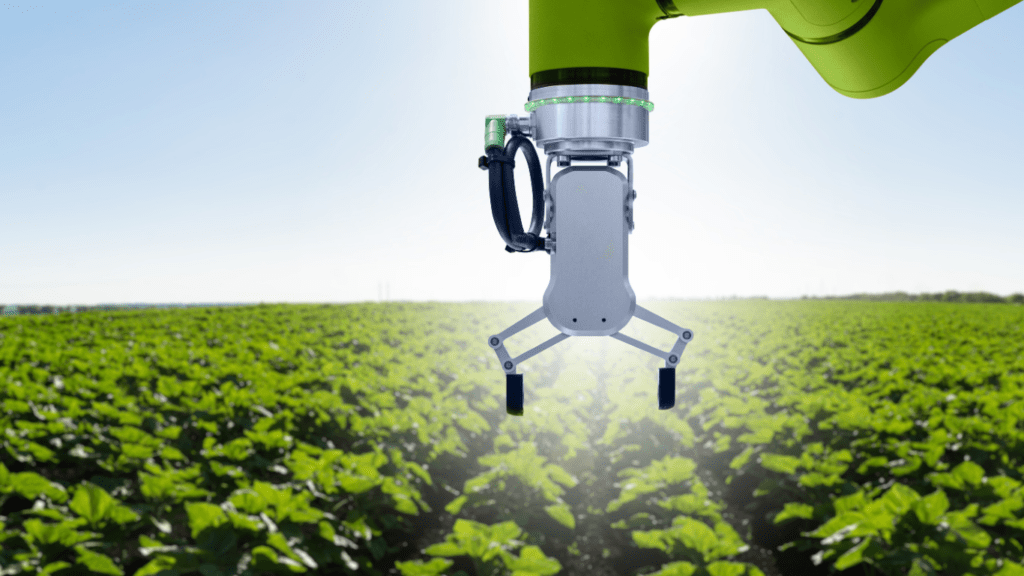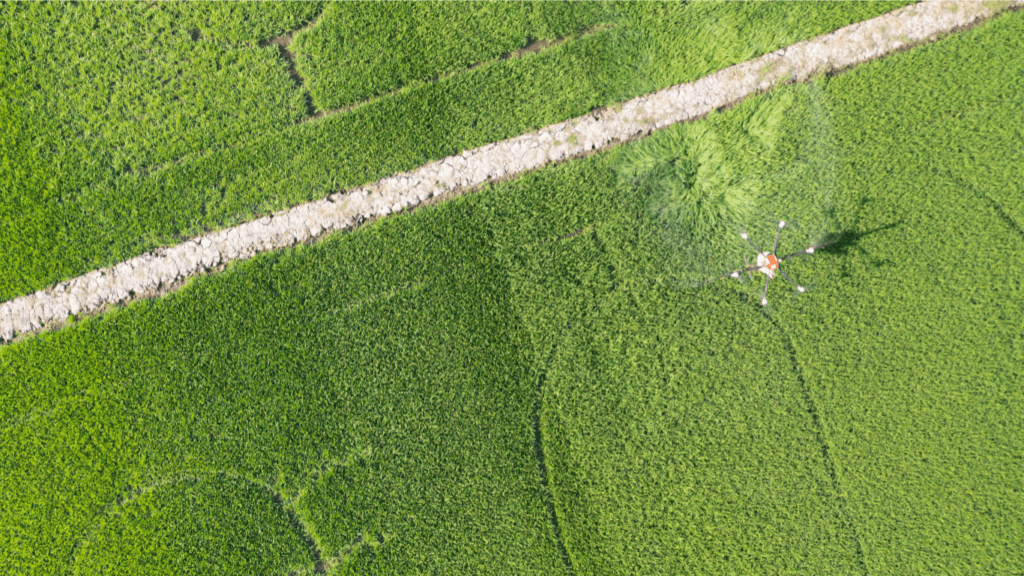Climate Resilient Farming Takes Center Stage
Climate stress isn’t coming it’s here. Farmers aren’t waiting around for perfect conditions anymore; they’re betting on crops that can take the hit. Demand is climbing for varieties that stand up to heat waves, drought, and erratic rainfall. Think sorghum over corn, heat tolerant wheat strains, and legumes built for dry spells. For seed companies, that’s a signal: resilience is now a top line feature, not buried in the fine print.
Alongside smarter crops, regenerative agriculture is gaining real ground. What used to be buzzwords no till, cover cropping, carbon capture are now standard practice on more commercial farms. This approach isn’t just about restoring soil. It’s about long term viability. Build healthier ecosystems, and the farm holds up better under stress.
The tech side’s moving fast too. Ground sensors, weather stations, and predictive software give farmers more control over the chaos. Decisions once made by gut instinct are now backed by data just in time plant early, irrigate precisely, harvest at peak. The new normal isn’t about going back or muscling through. It’s about adapting smarter, faster, and with eyes wide open.
Tech Driven Supply Chain Overhauls
Agriculture supply chains are finally getting the tech upgrade they’ve long needed. Blockchain is making its mark beyond buzzwords, with traceability systems mapping produce journeys from planting to point of sale. Buyers and regulators can now verify origin, practices, and handling in near real time no more guesswork or blind trust.
Next up: logistics. Smart cold chain monitoring, predictive routing, and autonomous transportation are improving delivery speed and slashing food spoilage. This matters when seconds and shelf life translate to real income or loss. For growers, it means more control. For grocers and consumers, it means fewer rotten surprises.
The real shake up? Startups. Agile players are building leaner, tech native supply models that cut out inefficiencies and middlemen. They’re partnering directly with farmers, bundling AI forecasting with finance, and disrupting systems that haven’t changed in decades. Legacy distributors are scrambling to match pace. Farmers who embrace these tools aren’t just surviving they’re leading.
Soil Health Goes Commercial
Soil isn’t just dirt anymore it’s data and dollars. Agribusinesses are moving beyond traditional fertilizers and betting big on microbial inputs and cover cropping. These practices boost soil biodiversity and long term yield, and they’re quickly becoming baseline rather than bonus. For large scale producers, investing in soil health is no longer experimental; it’s essential.
But it’s not just happening inside the farm gate. Clean energy firms are partnering with agricultural operations for carbon sequestration deals, turning healthy soil into carbon sinks. This collaboration helps farmers monetize proven environmental gains, and it helps clean energy companies offset emissions with real world impact.
The economics are shifting, too. Banks and insurers are starting to link financing with verifiable soil health metrics. If you can show carbon stored or organic matter increased, it could mean lower premiums or better credit terms. Soil is becoming a ledger measurable, profitable, and central to the future of farming.
Domestic Food Security Over Imports

With recent global disruptions exposing the vulnerabilities of import heavy food systems, a growing number of governments and organizations are shifting focus inward. The drive toward domestic food security is no longer just strategic it’s essential.
Government Investments in Local Food Systems
In response to unstable international trade routes and supply chain interruptions, nations are taking action:
Funding programs for small and medium farms to boost local output
Grants supporting local seed banks and crop diversity
Strategic stockpiling and procurement plans for key staples
These initiatives aim to reduce dependency on foreign imports while empowering regional agriculture to meet growing demand.
The Rise of Urban Farming & Regional Hubs
Food is moving closer to where people live. Urban and peri urban agriculture is gaining momentum worldwide:
Repurposed rooftops, vertical gardens, and community lots are transforming into productive spaces
Regional food hubs are aggregating, processing, and distributing locally grown produce more efficiently
Local sourcing trends among consumers and retailers are reinforcing the value of shorter supply chains
These developments are not just about food access they also create jobs, reduce emissions, and strengthen local economies.
Controlled Environment Agriculture (CEA) Expands Its Reach
CEA methods such as hydroponics, aeroponics, and indoor farming are scaling in both expected and surprising places:
Harsh climates (e.g., desert or arctic regions) are seeing increased adoption of CEA to ensure year round yield
Supermarkets and schools are integrating on site CEA systems for ultra local supply
Advances in lighting, automation, and nutrient delivery systems are making CEA more affordable and sustainable
The acceleration of CEA is helping fill supply gaps and future proof food production against climate variability.
Domestic resilience is no longer a luxury it’s becoming the backbone of tomorrow’s agricultural strategy.
AI, Data & Precision Ag: Smarter Than Ever
Farming’s always been about timing, but now it’s about timing with data. Field level decisions that used to rely on gut instinct are being backed and often led by real time analytics. Sensors track everything from soil moisture to plant nutrient levels. Farmers can see exactly what’s needed, to the row, sometimes even to the plant.
Aerial drones and satellite imagery aren’t novelty tools anymore they’re just tools. These eyes in the sky are delivering heat maps, crop counts, and early warnings on disease or drought stress in ways ground teams simply can’t. And they operate fast, which gives farmers a serious edge when time sensitive choices need to be made.
Predictive models close the loop. Using historical data and AI analysis, growers can fine tune when to plant, when to water, and when to harvest. The result? Less waste, smarter inputs, and better yields. Tech doesn’t replace experience, but it gives it a sharper edge.
The New Era of Agribusiness Investment
Agriculture is entering a new phase where innovation, sustainability, and measurable impact are attracting a wave of capital. Traditional farm investment models are being reshaped by technologies and priorities that extend well beyond yield.
High Growth Opportunities
Investors are increasingly drawn to ag tech sectors with scalable impact and market potential:
Vertical farming: Controlled environment farming is seeing major funding, especially in urban and climate stressed regions.
Alternative proteins: From plant based to lab grown meat, this sector is moving toward consumer mainstream, drawing interest from food conglomerates and venture capital.
Biofertilizers: Microbial and organic alternatives to chemical fertilizers are growing in demand, tied to soil health and environmental compliance goals.
ESG Driven Capital Flows
Environmental, Social, and Governance (ESG) principles are no longer optional. Sustainable agriculture solutions are now a clear target for long term investors:
ESG focused funds are prioritizing agri innovation that reduces emissions, restores ecosystems, and supports rural livelihoods.
Companies with transparent sustainability metrics are outperforming industry peers in securing capital.
Metrics That Matter
Farmers and agribusinesses seeking funding are expected to do more than show financial upside they must also demonstrate environmental and social responsibility:
Reporting on carbon reduction, water usage, and biodiversity impact is becoming standard.
Investors want clear data on how agricultural practices benefit communities and ecosystems over time.
As capital continues flowing into future focused agriculture, those who align their operations with measurable outcomes will have a competitive edge both in the market and in the minds of consumers.
Staying Ahead of the Curve
The trends defining 2026 aren’t coming out of nowhere they’re building on years of momentum. If you followed the signals in 2024, none of this should feel like a curveball. (Need a refresher? Here’s what set the stage.)
What’s critical now is execution. The farmers and producers who’ll thrive are the ones who’ve stopped waiting for stability and started building for volatility. That means being agile in your operations, fluent in your data, and tightly connected to your local markets.
Growth opportunities in 2026 won’t just come from new crops or technologies they’ll favor those who lead with transparency, prioritize real innovation, and bake sustainability into every layer of their supply chain. The bar is higher. But so is the payoff.



